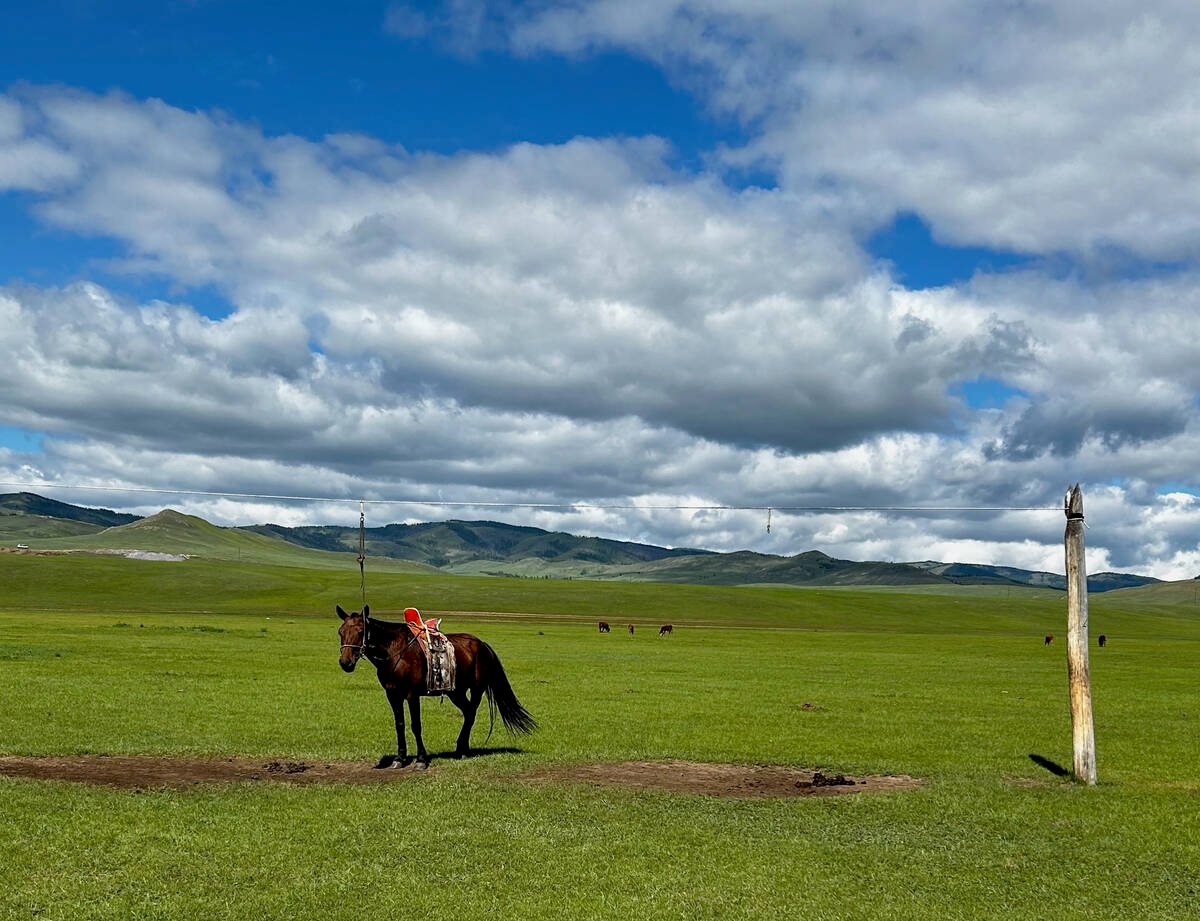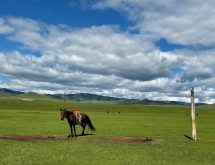SASKATOON – Canada’s share of the Asian beef market grew substantially in 1994, according to statistics released by the Canadian Beef Export Federation.
Canada sold nearly 12,000 tonnes of beef and veal to Asia; two-thirds of that amount went to Japan.
Overall, Canadian beef exports to the region grew by nearly 60 percent in 1994 compared to 1993 and were valued at $48.5 million.
Federation president Neil Jahnke, a rancher from Gouldtown, Sask., said Canada’s share of the Japanese beef import market now stands at three percent.
“Our goal is to capture 10 percent of the Japanese market by 2000,” he said.
Read Also

University of Saskatchewan experts helping ‘herders’ in Mongolia
The Canadian government and the University of Saskatchewan are part of a $10 million project trying to help Mongolian farmers modernize their practices.
Canada’s increasing sales in Japan were in niche markets, mainly to hotels and restaurants, Jahnke said, where the U.S. and Australia may not be as competitive. Smaller packers, like Thomson Meats in Melfort, are set up to be more responsive to these niche markets, he said.
Getting Canadian beef into Japanese supermarkets is a tougher proposition. Jahnke said the Australian Meat and Livestock Corp. spends the equivalent of $22 million on their Ausbeef campaign in Japan alone. Canadian Beef Export Federation, in contrast, spent $1 million last year, he added.
Jahnke said the increase in Japanese sales is also evidence the export federation’s strategy of matching Canadian sellers and processors to Japanese buyers is working.
Nearly three years of low-key promotion in South Korea paid dividends in that market as well.
Sales there, while standing at just 390 tonnes for the year, more than tripled 1993’s sales.
Two things that worked in Canada’s favor, Jahnke said, was the move to buying beef through international tenders and acceptance of Canada’s new grades of triple A and double A beef as equal to premium beef grades sold by the U.S. and Australia.
Jahnke said that same sort of quiet lobbying may help the South Koreans decide to buy single A beef as well.
If that happens, he predicted dramatic growth for Canadian beef exports to South Korea.
Other successes in Asia include convincing two hotels in Taiwan, one of them part of a “Disney-style” amusement park, to sell Canadian beef exclusively.
Taiwan raises all its own pork, but imports its beef, Jahnke said.
When the 11,600 tonnes of beef Canada exported to Asia are worked back to cattle equivalents, the federation figures the meat represents 69,000 head of cattle.
Each tonne of export beef requires 6.2 head of slaughter cattle, working under the assumption 45 percent of a carcass’s weight can be processed into boxed beef and edible offal. The average 1993 beef carcass weighed 675 lbs.
Canada exported 25 percent of its beef production in 1994. According to Statistics Canada, total beef exports for the year were 209,902 tonnes, with 90 percent of that production sold to U.S. buyers.














